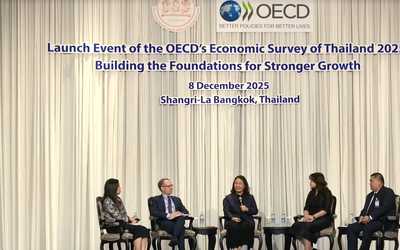COVID-19 and Endogenous Public Avoidance: Insights from an Economic Model
Abstract
In this paper, I study the transmission of COVID-19 in the dynamic SEIR (Susceptible, Exposed, Infectious, and Removed) model that allows individuals to optimally choose their public avoidance actions in response to the COVID-19 risk. I allow for heterogeneity in infection rates across age groups and structurally estimate the parameters to match the daily pattern of new cases and the ratio of patients by age group. Even in the absence of intervention, the elderly,








